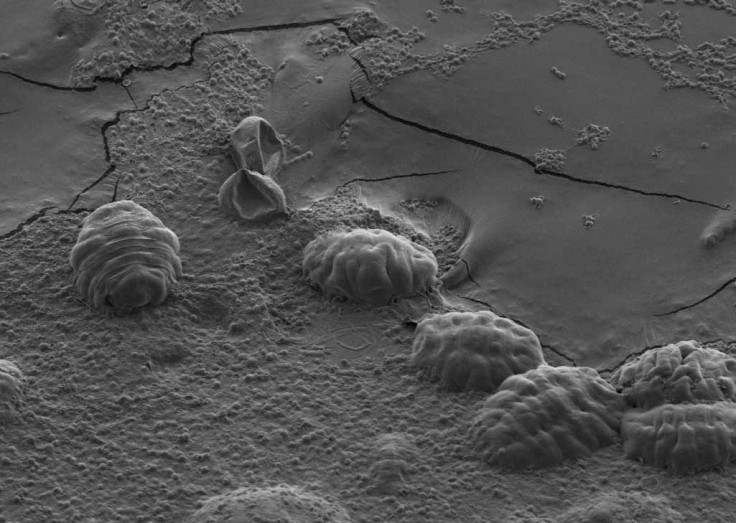How tardigrades - or 'water bears' - dry out to survive the world's most extreme environments
Specific proteins could be responsible for tardigrades' impressive resilience.

Scientists have discovered a unique set of proteins responsible for tardigrades' unique ability to survive in some of the harshest, most extreme environments on Earth.
Also known as water bears, these microscopic animals are indeed able to resist an array of stresses that would kill most other living creatures, thus making them a constant source of fascination for scientists.
One on their most impressive feats is that they can endure being completely dried out for a decade. However, the way tardigrades do this has remained a mystery for the last 250 years.
In a paper now published in the journal Molecular Cell, a team has now identified proteins called tardigrade-specific intrinsically disordered proteins (TDPs) which could potentially help the tiny creatures to protect themselves from desiccation.
Sugar vs. intrinsically disordered proteins
Several other organisms, such as yeasts or brine shrimps, are also known to survive drying. Key to this ability is a sugar known as trehelose but previous studies have revealed that it is not present in tardigrades (or at very low levels). Furthermore, a look into the creatures' genome has shown that they don't have the gene for the enzyme required to make trehelose.
All this evidence point to the fact that tardigrades likely possess other innovative mechanisms for surviving desiccation. "The question has been, 'If tardigrades aren't relying on trehelose to survive desiccation, what do they use instead?'", first author Thomas Boothby, from the University of North Carolina, Chapel Hill, explained.
Beyond trehelose, researchers have isolated a number of proteins that could play a role in this process, including eat-shock proteins, antioxidant enzymes, as well as intrinsically disordered proteins.
Here, the scientists have honed in on this last group which is characterised by the fact the proteins have no fixed three-dimensional structure. They have attempted to understand whether these proteins could help tiny tardigrades trick death by drying.

The first step of the study was to place tardigrades in different situations (unstressed, drying out, and frozen). When the animals were dried out, the scientists sequenced their genome to look for genes that appeared to be expressed at high levels.
They discovered that these were genes coding for intrinsically disordered proteins known as tardigrade-specific intrinsically disordered proteins.
This was the case for three different species of tardigrades, confirming the importance of the central role of these proteins for tardigrades.
The scientists were able to further show the importance of these proteins by introducing the genes in other organisms such bacteria – effectively protecting them against desiccation, which had not been the case before.
The unique properties of tardigrade-specific intrinsically disordered proteins could be investigated further, as they could have a number of interesting applications. This includes protecting crops from droughts and safeguarding medications that normally require cold storage.
© Copyright IBTimes 2025. All rights reserved.






















